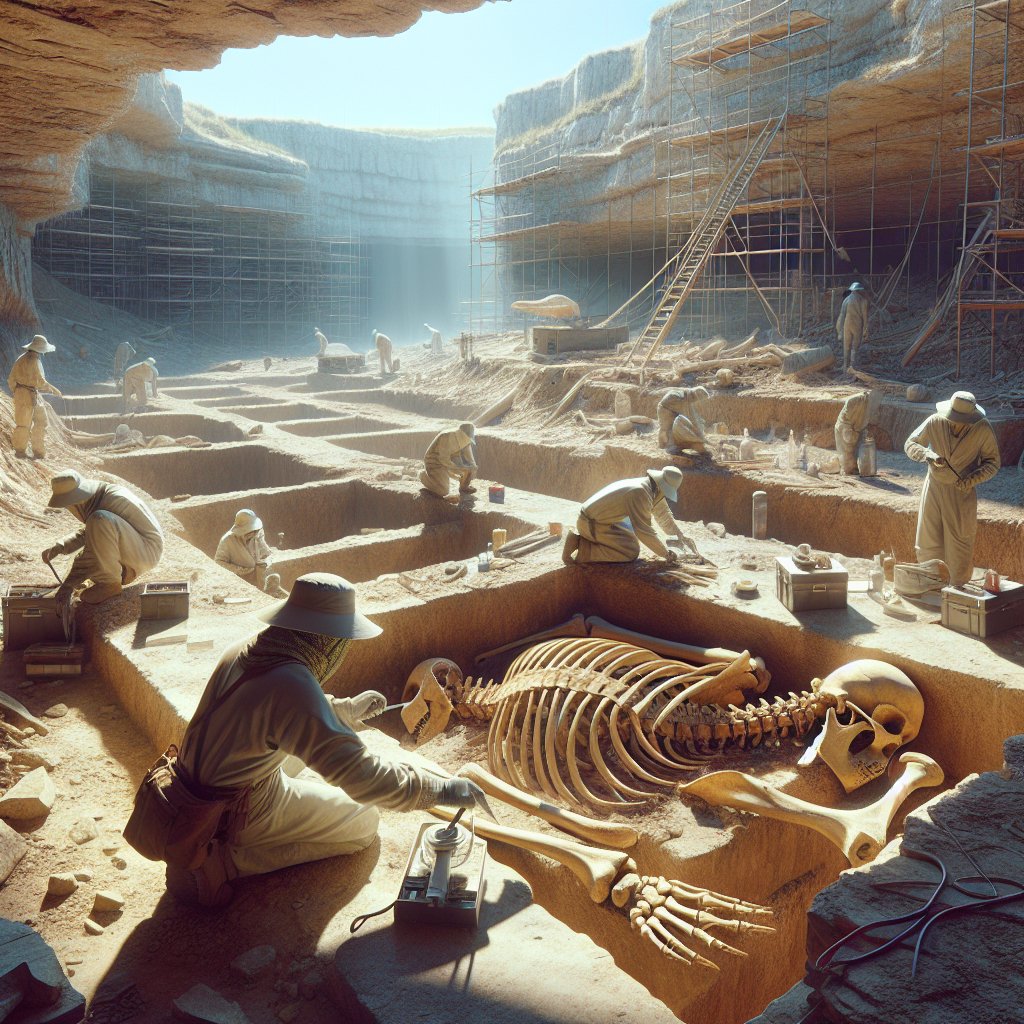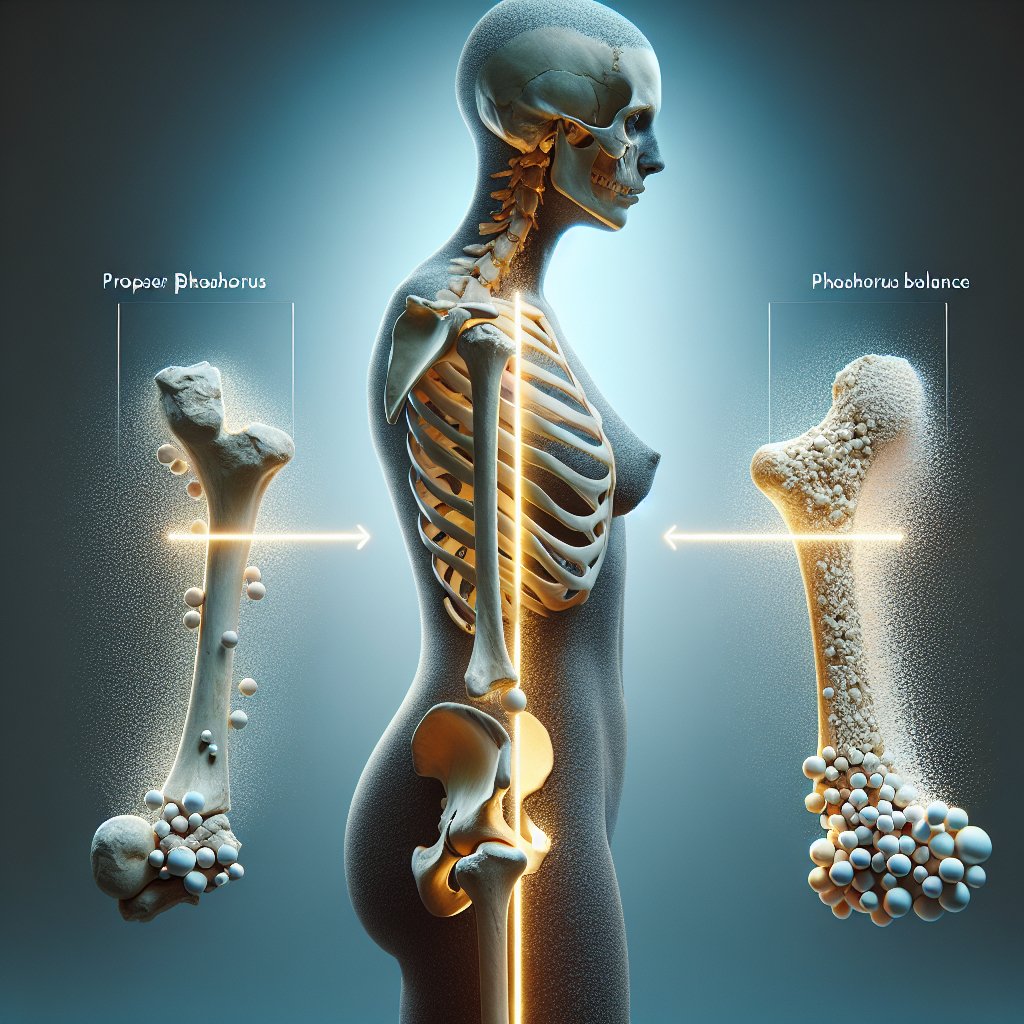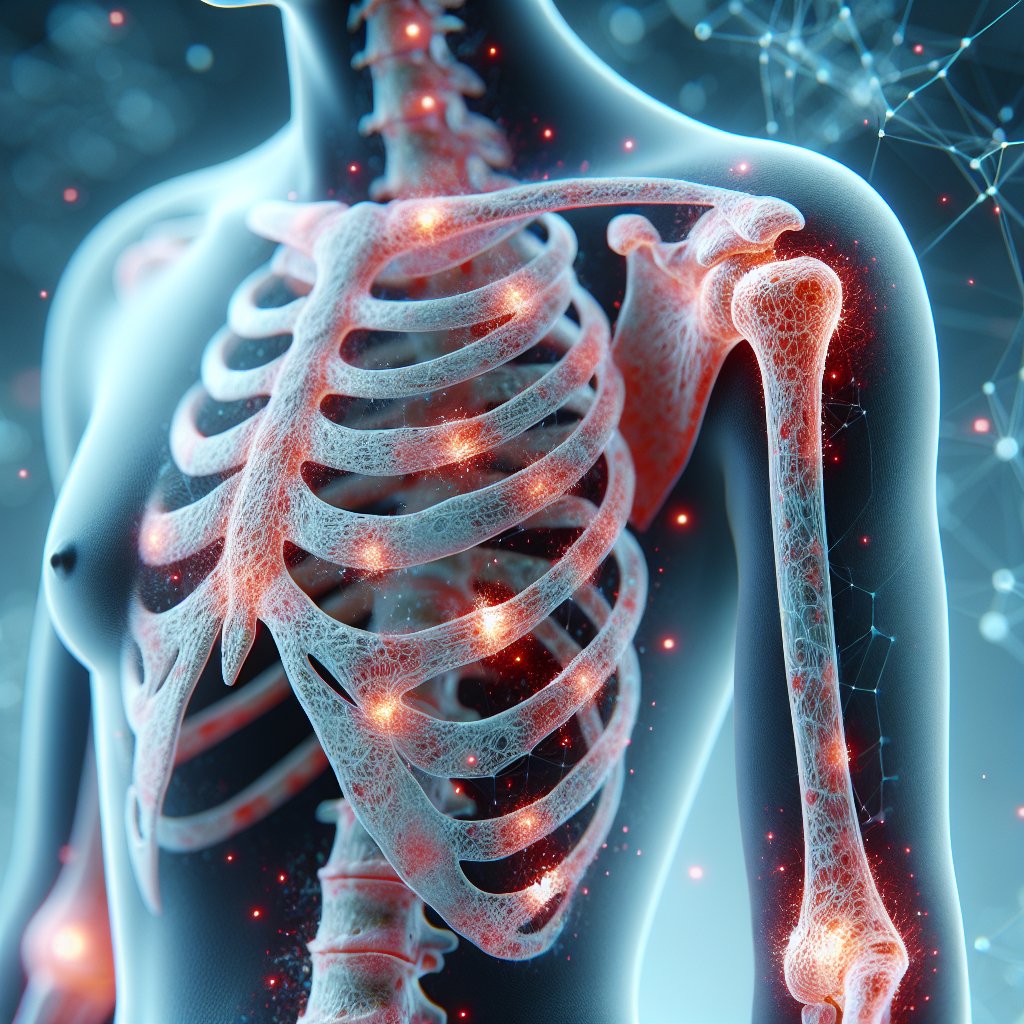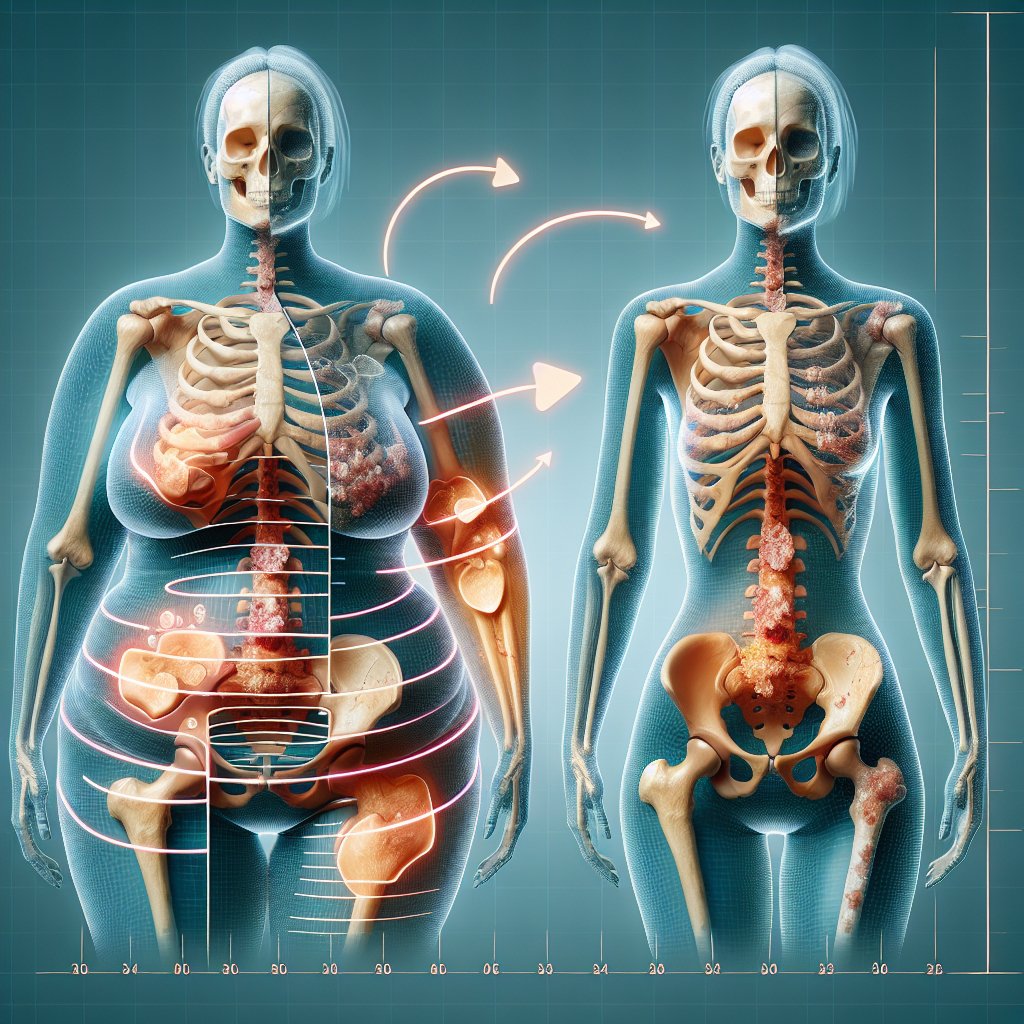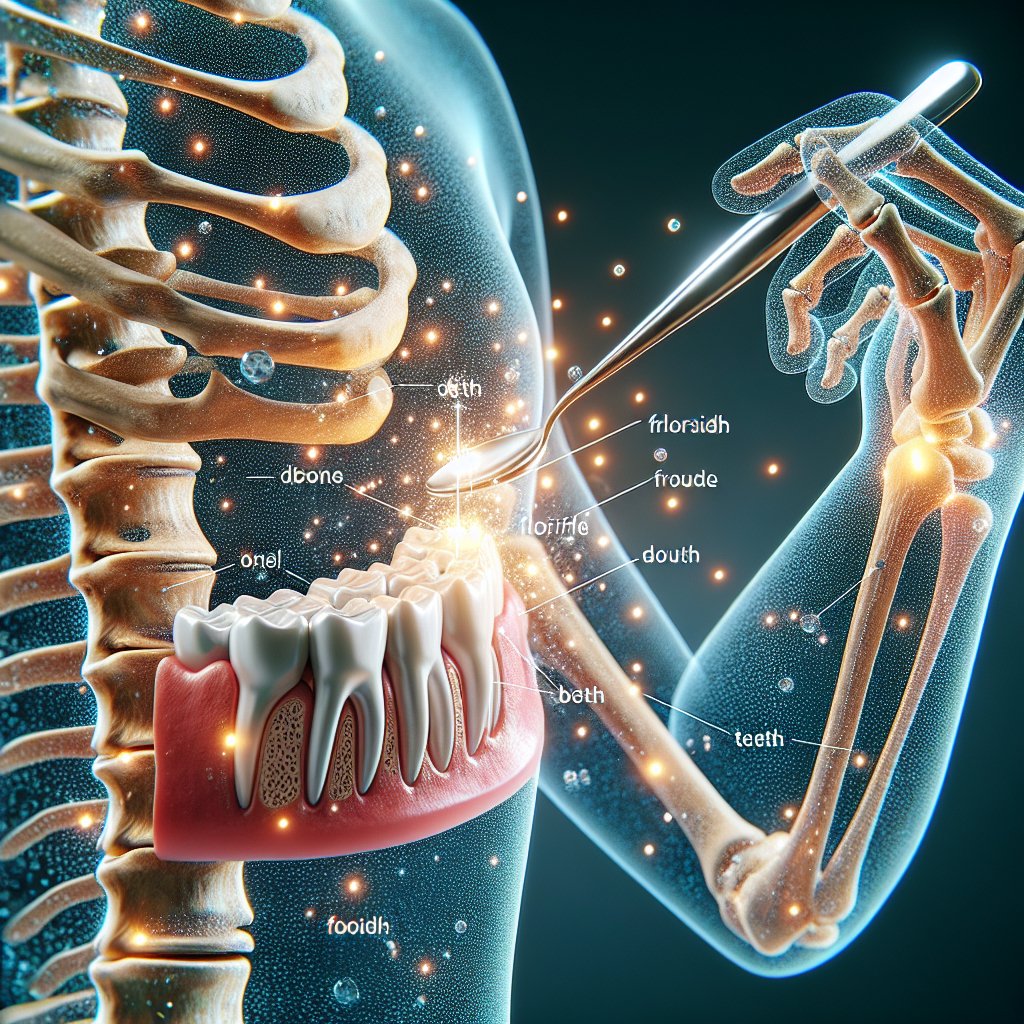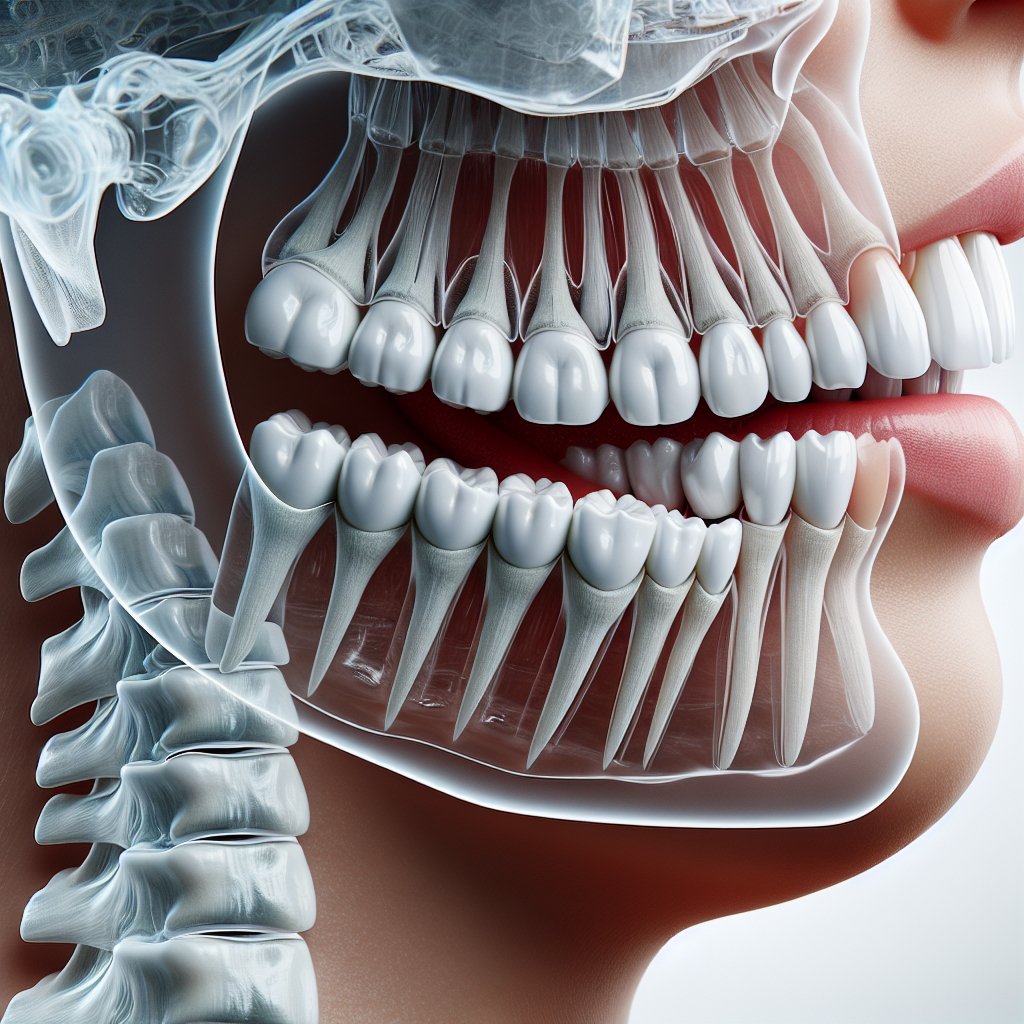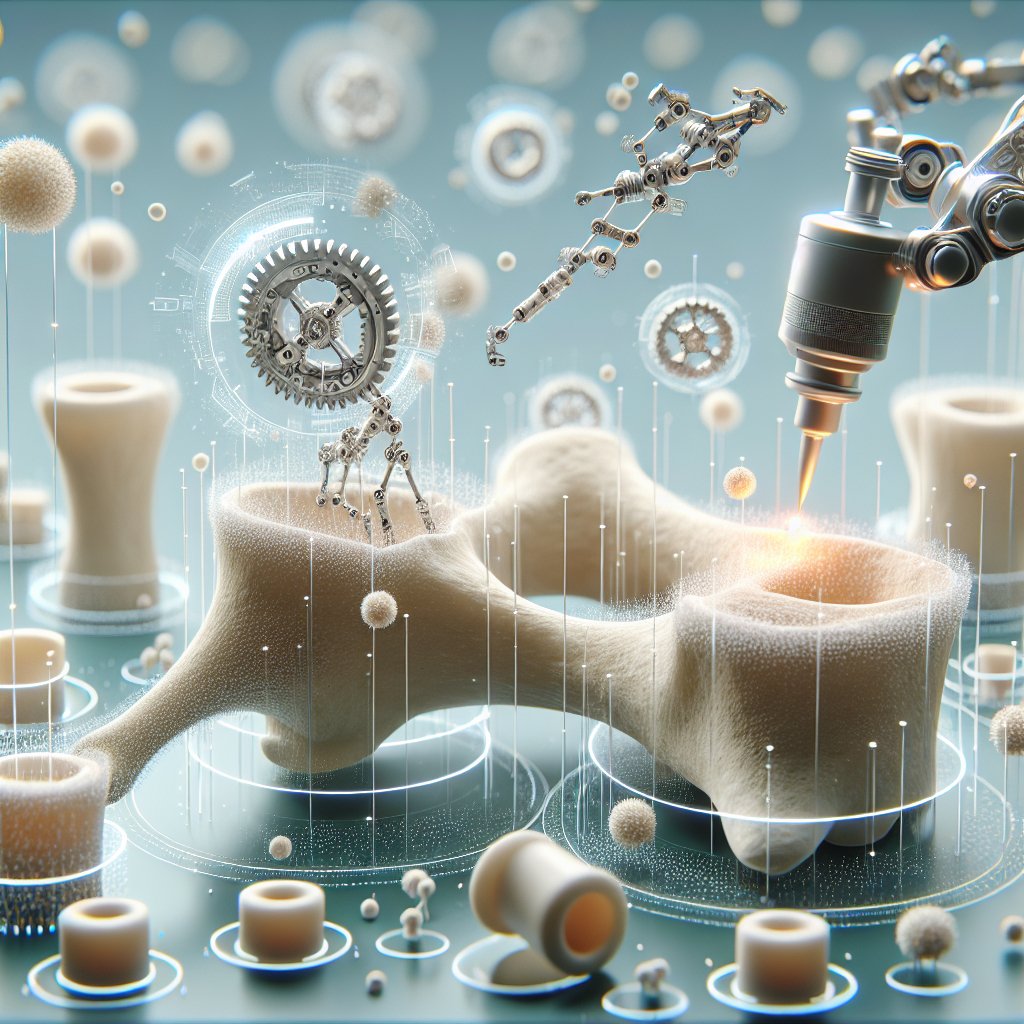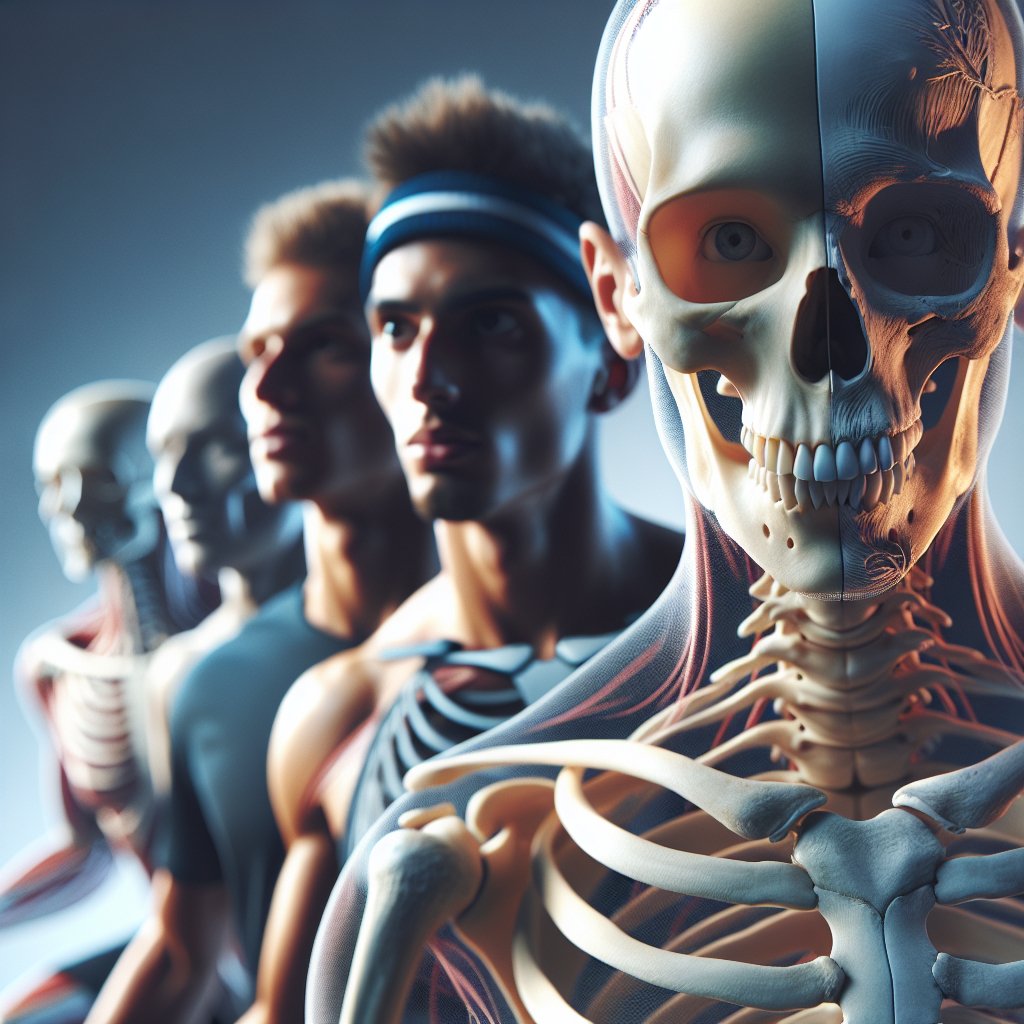The femur, commonly known as the thigh bone, is the strongest and longest bone in the human body. It plays a crucial role in supporting the weight of the body and facilitating movement. Understanding the femur’s structure, function, and significance can provide valuable insights into human anatomy and health. This article will delve into the anatomy of the femur, its functions, common injuries, and the importance of maintaining its health.
Anatomy of the Femur
The femur is a long bone that extends from the hip to the knee. It is divided into several key parts, each with its own unique characteristics and functions. The femur’s structure is designed to withstand significant forces, making it essential for mobility and stability.
Structure of the Femur
The femur consists of three main sections: the proximal end, the shaft, and the distal end.
- Proximal End: This is the upper part of the femur that connects to the hip joint. It features the femoral head, which is a rounded structure that fits into the acetabulum of the pelvis, forming the hip joint. The neck of the femur is a narrow region that connects the head to the shaft.
- Shaft: The shaft is the long, cylindrical portion of the femur. It is slightly curved, which helps distribute weight and absorb shock during activities such as walking, running, and jumping. The shaft is also where the muscle attachments occur, allowing for movement.
- Distal End: The distal end of the femur connects to the knee joint. It has two prominent condyles (the medial and lateral condyles) that articulate with the tibia and patella, facilitating knee movement.
Bone Composition
The femur is composed of both cortical and trabecular bone. Cortical bone is dense and forms the outer layer, providing strength and support. Trabecular bone, found within the femur, is spongy and helps absorb impact. This combination of bone types allows the femur to be both strong and lightweight, essential for its role in the body.
Functions of the Femur
The femur serves several vital functions that contribute to overall mobility and stability. Its design and location enable it to perform these functions effectively.
Weight Bearing
As the longest bone in the body, the femur is primarily responsible for bearing weight. It supports the body’s weight during various activities, including standing, walking, and running. The femur’s strength is crucial for maintaining balance and preventing fractures under stress.
Movement
The femur plays a significant role in facilitating movement. It acts as a lever for the muscles of the thigh, allowing for actions such as flexion, extension, abduction, and rotation. The hip joint, formed by the femur and pelvis, enables a wide range of motion, essential for activities like walking, climbing, and squatting.
Shock Absorption
During physical activities, the femur absorbs shock and impact forces. Its curved shape and the presence of trabecular bone help dissipate these forces, reducing the risk of injury. This shock-absorbing capability is particularly important in high-impact sports and activities.
Common Injuries and Conditions
Fractures
Femur fractures are among the most common injuries, often resulting from high-impact trauma, such as falls or accidents. There are different types of femur fractures, including:
- Proximal Femur Fractures: These occur near the hip joint and are common in older adults, often due to osteoporosis.
- Femoral Shaft Fractures: These fractures occur along the length of the femur and are typically the result of significant trauma.
- Distal Femur Fractures: These occur near the knee joint and can affect the knee’s stability and function.
Treatment for femur fractures often involves immobilization, physical therapy, and in some cases, surgical intervention to realign and stabilize the bone.
Osteoporosis
Osteoporosis is a condition characterized by weakened bones, making them more susceptible to fractures. The femur is particularly vulnerable in individuals with osteoporosis, especially in older adults. Preventive measures, such as maintaining a healthy diet rich in calcium and vitamin D, along with regular weight-bearing exercises, can help strengthen bones and reduce the risk of osteoporosis-related fractures.
Stress Fractures
Stress fractures in the femur can occur due to repetitive stress or overuse, often seen in athletes or individuals who engage in high-impact activities. These small cracks in the bone can cause pain and discomfort, requiring rest and modification of activities for healing.
Maintaining Femur Health
Maintaining the health of the femur is essential for overall mobility and quality of life. Several strategies can help promote femur strength and prevent injuries.
Nutrition
A balanced diet rich in essential nutrients is vital for bone health. Key nutrients include:
- Calcium: Essential for bone density, calcium can be found in dairy products, leafy greens, and fortified foods.
- Vitamin D: This vitamin aids in calcium absorption and can be obtained through sunlight exposure, fatty fish, and fortified foods.
- Protein: Adequate protein intake supports bone health and muscle strength, which is crucial for maintaining mobility.
Exercise
Regular physical activity is essential for maintaining strong bones. Weight-bearing exercises, such as walking, running, and strength training, help stimulate bone growth and improve overall strength. Additionally, balance and flexibility exercises can reduce the risk of falls and related injuries.
Regular Check-ups
Regular medical check-ups can help monitor bone health, especially for individuals at risk of osteoporosis or other bone-related conditions. Bone density tests can assess bone strength and guide preventive measures.
Conclusion
The femur is a remarkable bone that plays a vital role in the human body. Its strength, structure, and functions are essential for mobility, stability, and overall health. Understanding the femur’s anatomy, common injuries, and ways to maintain its health can empower individuals to take proactive steps in preserving their bone health. By prioritizing nutrition, exercise, and regular check-ups, one can ensure that this crucial bone remains strong and functional throughout life.

